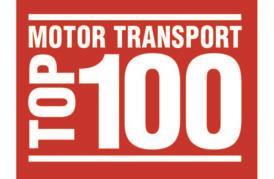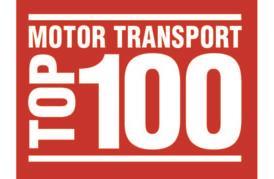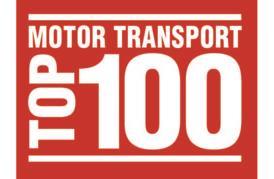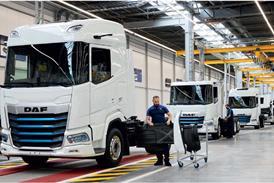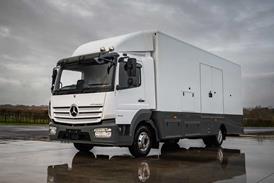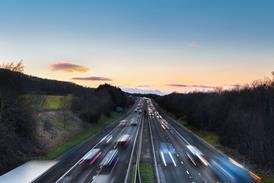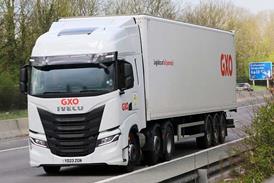The infrastructure and vehicle options for the widespread adoption of gas-powered commercial vehicles is there, delegates at the LoCity Fuels in Action seminar heard this week, but there is more to it that simply swapping diesel for gas in the tank.
In comparing the multiple options of gas fuels on the market, from LPG to LNG and CNG, James Westcott, business development director at Gasrec, said that the different types of gas would have different applications depending on the type of work the vehicle conducts.
Westcott compared 3-axel artic options would be LNG “because that offers the range over long distances”. For refuse vehicles and the mid- to lower-rigid range that encompasses elements such as back of store deliveries, “CNG will have a greater impact”.
He said that with major manufacturers bringing on 13 litre engine option, “this is almost parity with diesel, particularly when it comes to torque,” while 450hp gas vehicles will provide near parity when it comes to torque.
Read more:
- Iveco: Interest in gas ‘is huge’
- Gas as a road transport fuel – has its time finally come?
- Iveco Daily gas-powered vans join Veolia street cleaning fleet in London
Fuel options also make a substantial difference to the total cost if ownership, explained TRL gas expert Tim Barlow. Citing the example of £600,000 to run a 36-tonne rigid, averaging of 10,000 miles annually over a seven year period – including cost such as licensing, congestion charge, taxes, fuel, maintenance and depreciation – the use of CNG would reduce that cost by £80,000, LNG see £40,000 of saving while LPG would see a saving of £8,000
Justin Laney, fleet manager, John Lewis – which runs a fleet of 53 gas-powered trucks – said that the legislative environment was also there to encourage take-up: “Fuel duty uncertainty was a big risk. If the Treasury increased the fuel duty [on gas] it would destroy the business case, but that is now fixed until 2024.”
Equally, on the John Lewis home delivery fleet, he said that the 4.25-tonne arrangement for alternatively field vans offered 50% extra payload and gives a business case straight away for the use of such vehicles.






